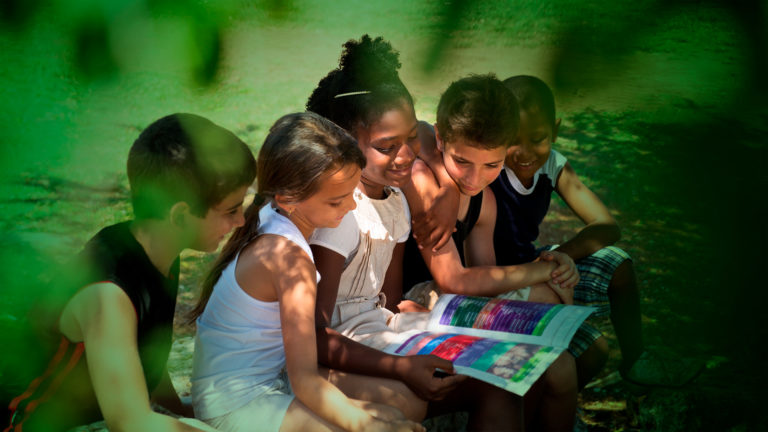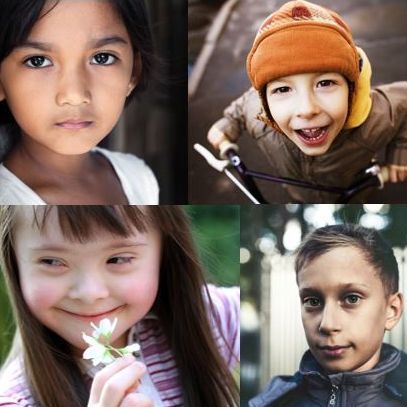Children’s Aid Societies help to protect infants, children and youth who are experiencing abuse or are at risk of experiencing abuse, physically, sexually, emotionally or through neglect or abandonment.
Children’s Aid Societies help to protect infants, children and youth who are experiencing abuse or are at risk of experiencing abuse, physically, sexually, emotionally or through neglect or abandonment. They also provide help to families who want some extra support and assistance. Great emphasis is placed on ensuring that children can stay with their families and be safe and thrive. Children’s Aid must sometimes remove children from unsafe conditions and take them into its care – although the vast majority of Children’s Aid work is about protecting children and supporting their families to stay together.
Families often face issues such as poverty, addiction, unemployment, mental health challenges and inadequate housing, all of which can create added stressors and complications that can affect their ability to care for their children. For example, a child may be suffering from neglect because of their family’s financial and housing situation, or there may be need for Children’s Aid assistance because of a parent’s mental health issues.
Children’s Aid Societies also conduct assessments, provide crisis intervention and ongoing services. Many provide preventative services to vulnerable families through early intervention linking them with counselling services and parenting programs offered in partnership with other community agencies.
When there is need to remove a child from their family due to safety concerns, Children’s Aid Societies will always look for family and kin before placing children in alternative care arrangements such as foster care or group care. When there is no possibility of a child returning to their family or home, other forms of substitute care including adoption and family based custody arrangements are considered.
Children’s Aid Societies are run on a community governance model which means that their Boards of Directors are made up of volunteers from the community. This model of governance puts the onus on the Board for the functioning and financial well-being of their agency.
Facts about Children’s Aid Societies:
- There are 50 Children’s Aid Societies that provide services for Ontario’s children, youth and families.
- Some Children’s Aid Societies are referred to as Child and Family Services, such as Dufferin Child and Family Services.
- In addition to child protection, some agencies provide additional services to their community including children’s mental health services and developmental services, as well as parenting and youth programs.
- Each Children’s Aid Society has its own Board of Directors.
Legal mandate:
In Ontario, Children’s Aid Societies have the exclusive legal responsibility to provide child protection services 365 days a year, 24 hours a day. The activities and purpose of a Children’s Aid Society are set out in the Child, Youth and Family Services Act.
This legislation requires Children’s Aid to:
- Investigate allegations or evidence that children who are under the age of 18 years are in need of protection
- Protect children who are under the age of 18 years
- Provide guidance, counselling and other services to families for protecting children or for the prevention of circumstances requiring the protection of children
- Provide care for children assigned to its care
- Supervise children assigned to its supervision
- Place children for adoption
The legislation governing Children’s Aid Societies also includes providing protection for children who have been harmed or are at risk of harm.
For the complete mandated functions of a Children’s Aid Society, see Child, Youth and Family Services Act

What is child abuse?
“Child abuse” includes physical, emotional and sexual abuse and/or neglect.
How to report child abuse
If you see or have reason to believe a child is in need of protection or is at risk of harm, make the call.
Child Welfare Data & Results
The child welfare sector of Ontario is committed to using data to continuously improve the services it provides to children and families.
Permanency
Every child and youth needs long-lasting relationships to flourish. There are many paths to permanency.

Fostering
Fostering is the act of bringing a child into your life, providing life necessities and also emotional support.

Adoption
Adoption is a compassionate gift of family to a child or youth in need of a legal, permanent, loving relationship.
